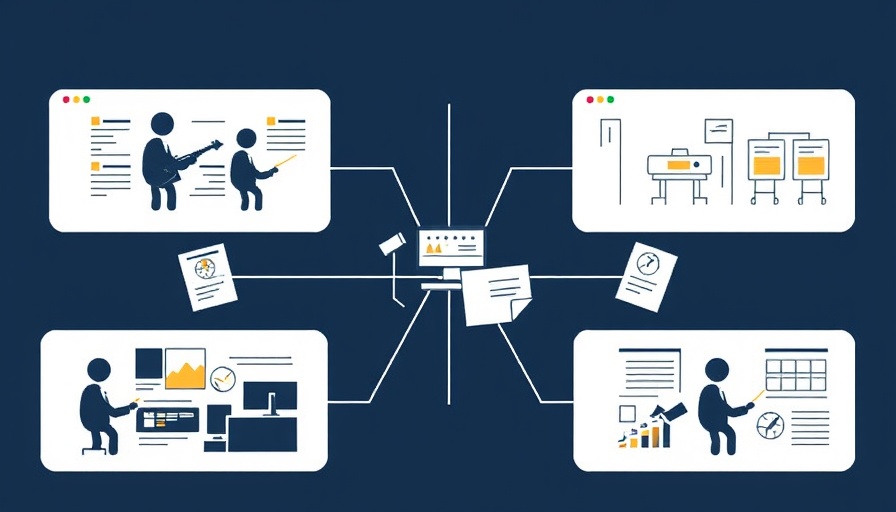
Unlocking the Power of Software Orchestration for Marketing Professionals
In an increasingly dynamic digital landscape, orchestration serves as the maestro of your tech stack, harmonizing disparate tools and processes into a cohesive symphony. For marketing professionals, understanding software orchestration is crucial—it transforms isolated functions into a streamlined ecosystem that promotes efficiency and enhances productivity.
What is Software Orchestration?
Software orchestration refers to the intelligent management and sequencing of tasks across multiple systems, intelligently using real-time data, complex logic, and even AI to optimize workflows. In the realm of marketing, this means not just managing data transfer but ensuring that if a lead enters your customer relationship management system (CRM), relevant actions can seamlessly occur in your email marketing software, analytics platforms, and other associated systems without manual intervention.
Imagine a conductor leading an orchestra; without them, the instruments may be technically adept yet sound off-key. Similarly, in marketing tech stacks—consisting of various SaaS solutions—functioning as individual entities may lead to chaos. Orchestration aligns their actions, making them work in synchronicity.
The Benefits of Orchestrating Marketing Workflows
For marketing teams operating under mounting pressure to deliver results efficiently, orchestration offers transformative benefits:
- Enhanced Coordination: With orchestration, systems communicate intelligently, keeping everyone on the same page and eliminating the need for manual status checks.
- Scalability: As your marketing initiatives grow, orchestration allows you to adjust existing workflows rather than reconstructing them entirely. This flexibility minimizes operational chaos, strengthening overall effectiveness.
- Accelerated Decision-Making: Utilizing embedded logic and AI capabilities, orchestrated systems bring speed to decision-making processes—whether prioritizing leads or assessing campaign performance.
- Optimized Human Resources: By handling repetitive tasks, orchestration liberates marketing professionals to focus on strategic, creative endeavors.
- Improved Data Integrity: Orchestration helps maintain clean data across systems, significantly reducing the risk of errors.
Real-World Examples of Software Orchestration in Marketing
To illustrate the practical impact of orchestration, consider the following examples:
1. Lead Management:
Managing a substantial influx of leads demands an orchestrated approach. Consider a marketing team that automatically routes inbound leads from multiple sources into their CRM system, triggering follow-up actions in real-time, whether sending welcome emails, creating assignments for sales representatives, or modifying lead scores based on automated criteria.
2. Campaign Automation:
With orchestration, teams can create complex marketing campaigns that span multiple channels—email, social media, and websites—automatically adjusting messages based on user behavior tracked across digital touchpoints.
3. Data Integration:
Synchronizing gathered data across platforms ensures that insights derived from performance metrics are accurate and actionable. Orchestration automates data flow where one tool's output becomes another's input, enriching the overall dataset.
4. Customer Experience Management:
Delivering a personalized experience hinges on assessing customers' interactions in real-time. By orchestrating systems that track user interactions, marketers can deliver targeted content or promotions, responding to customer needs precisely when they arise.
Why Understanding Orchestration Matters
As the complexity of marketing technology continues to evolve, understanding and leveraging orchestration will be pivotal for success. The health of your marketing strategy depends not simply on the tools at your disposal, but on how expertly they can be integrated to create seamless workflows. With orchestration, marketing professionals can enhance their strategic value, lead effective campaigns, and foster customer relationships that are supported by data-driven insights.
By embracing orchestration in your marketing efforts, you're ensuring that your efforts don't play out of tune.
Ready to take your marketing strategy to the next level with effective orchestration? Start integrating your tools today!
 Add Row
Add Row  Add
Add 




Write A Comment